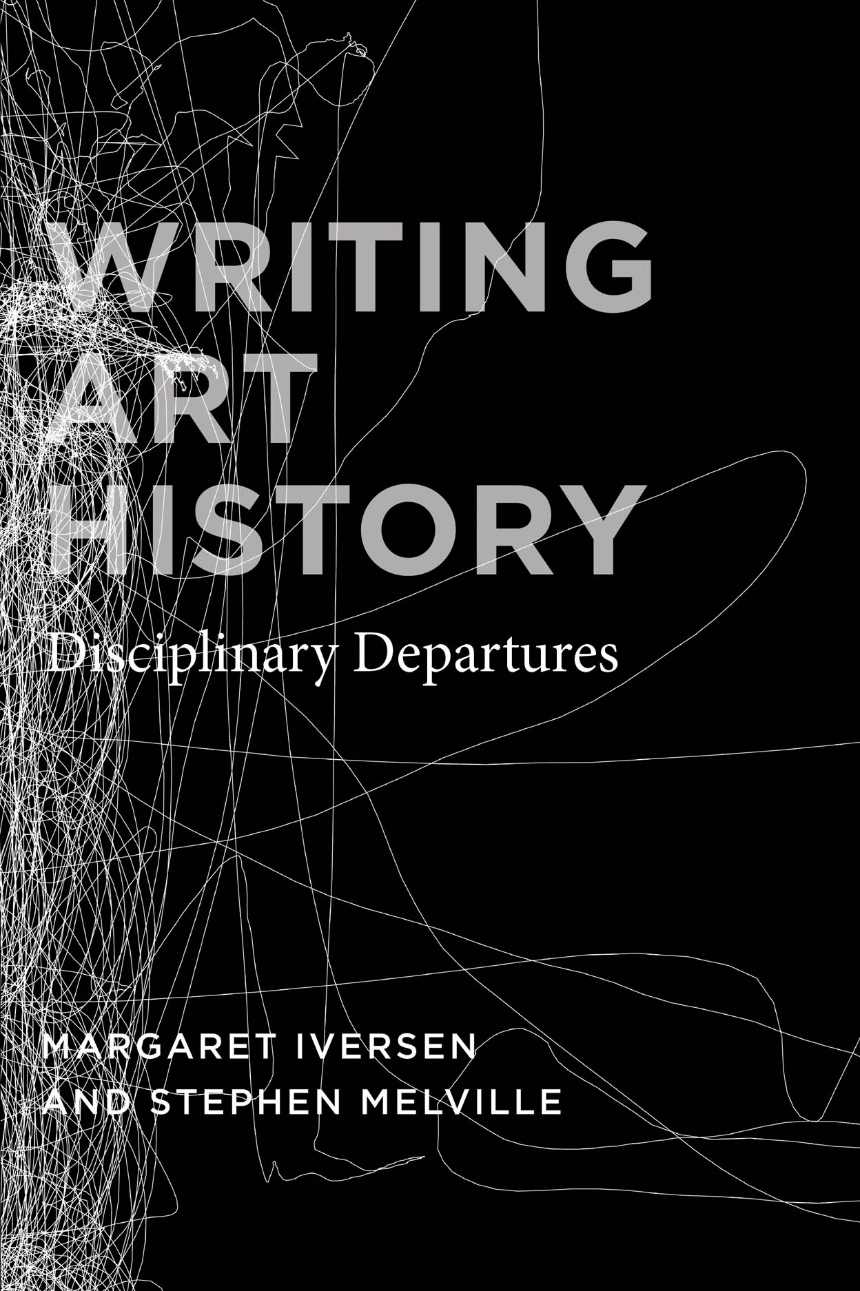Writing Art History
Disciplinary Departures
Faced with an increasingly media-saturated, globalized culture, art historians have begun to ask themselves challenging and provocative questions about the nature of their discipline. Why did the history of art come into being? Is it now in danger of slipping into obsolescence? And, if so, should we care?
In Writing Art History, Margaret Iversen and Stephen Melville address these questions by exploring some assumptions at the discipline’s foundation. Their project is to excavate the lost continuities between philosophical aesthetics, contemporary theory, and art history through close readings of figures as various as Michael Baxandall, Martin Heidegger, Jacques Lacan, and Alois Riegl. Ultimately, the authors propose that we might reframe the questions concerning art history by asking what kind of writing might help the discipline to better imagine its actual practices—and its potential futures.
256 pages | 30 halftones, 15 line drawings | 6 x 9 | © 2010
Art: Art Criticism, Art--General Studies
Philosophy: Aesthetics
Reviews
Table of Contents
Chapter 2 Historical Distance (Bridging and Spanning)
Chapter 3 On the Limits of Interpretation: Dürer’s Melencolia I
Chapter 4 What the Formalist Knows
Chapter 5 The Spectator: Riegl, Steinberg, and Morris
Chapter 6 The Gaze in Perspective: Merleau-Ponty, Lacan, Damisch
Chapter 7 Seeing and Reading: Lyotard, Barthes, Schapiro
Chapter 8 Plasticity: The Hegelian Writing of Art
Chapter 9 Curriculum
Notes
Works Cited
Index
